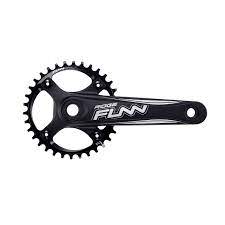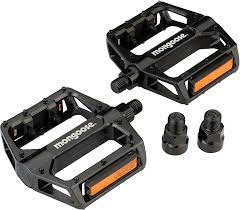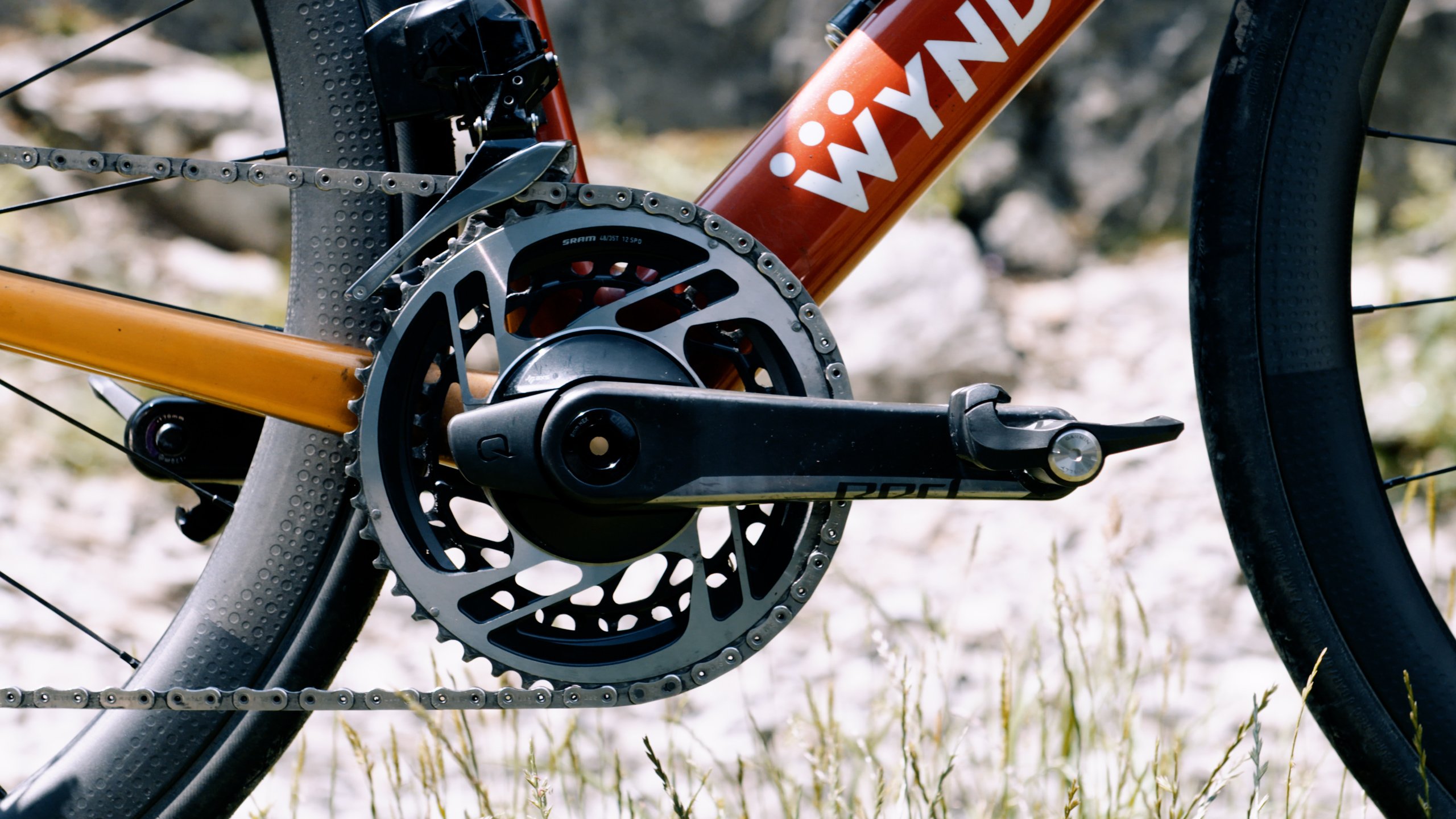So you own a bike and have been an enthusiastic biker for a while. Have you thought about monitoring your speed to better train yourself?
Athletes and professional cyclists use power meters to measure their output. This helps to train for speed and increase their torque if needed.
What is Bike Power Meter?
A bike power meter is a device designed to be mounted on any bicycle to measure the power output of the rider. The cycling power meters use strain gauges to measure the torque applied, and when combined with angular velocity, calculate power. This is transmitted to the computer either through a set of wires or Bluetooth and ANT.

It was adapted to cycling in the late 1980s and was prevalent in competitive cycling such as bike racing. Older power meter models relied on a set of wires to transmit power information to a computer mounted on the bicycle. For the last 10 years, cyclists have been relying on wireless transmitters that transmit data over ANT + Bluetooth to bike computers and mobile applications.
Bike Power meters connected to mobile apps help to record ride data while simultaneously showing advanced pedal metrics such as torque efficiency and pedal smoothness.
It’s uncommon for athletes to not use a power meter these days. Reading the data expressed by the power meter allows the athletes to measure the power they imprint on the pedals accurately, taking into consideration all external conditions: wind resistance, slope, and smoothness of the road.
Power meters can be divided into four main types
- Crankset

- Pedal

- Cleat, hub, crank
- DumbbellIn
Should you have a bike power meter?
There is much hearsay about using the bike power meter among the newbies. Many cyclist enthusiasts start with a power meter to measure and build on their performance.
Here are some vital questions and answers to help you decide about using a bike power meter.
Do you always need one?
No, you don’t need a power meter to start cycling or to become a successful cyclist. However, when it comes to competitive cycling, everyone uses technology to push their performance. If you wish to pursue your training plans and improve your performance, you’re strongly advised to adopt a power meter.
10 Advantages of using Bike Power Meter
Here are the ten best advantages of using a bike power meter for cyclists.
Unaffected by External Variables
Power meters avoid the variables created by external elements to give an accurate reading of your performance. There are many reasons which can spike or drop your heart rate. Over the course of a long ride, a phenomenon called “cardiac drift” causes the heart rate to drop relative to the effort put in. The power meter is unaffected by these external elements.
Instantaneous
The power meter gives instant reports. There is always a delay with heart rate in responding to any change in intensity which can pose problems for interval sessions. Whenever you start any physical training, it takes the first minute or so to build into the correct zone. With a power meter, you can start hitting the right intensity from the first pedal stroke.
Analysis and Planning
Competitive sports and performance are all about analyzing your data and planning for the future. The data supplied by the power meter can be transported to applications that analyze the performance. This helps to give you incredible insights into your training. Moreover, you can accurately plan tapers and peaks for key events. Along with this vital information, you’ll get handy insights on calories to burn, heart rate, fat burn, etc.
Pacing
Cyclists can often go out of track such as slow down or pace up during the events. The power meter can make accurate pacing by giving you instant data to avoid pedaling faster or slower. It helps to plan the break-in a race or interval training. This can help you to avoid burning yourself out at the beginning of the race.
Eliminates Guesswork
The biggest advantage of using a power meter is that it removes the guesswork. Otherwise, you’re just guessing your speed and effort. You wouldn’t know if your fitness is improving or you’re making any progress. A power meter allows you to quantify exactly how hard you are working and how much extra effort you should put in.
Full use of the Limited Training Time
When you have limited time in hand for training, you’d want to use it to the fullest. Athletes with limited time to train can especially benefit from using a power meter by removing ‘junk’ training. Junk training refers to unstructured training that doesn’t yield anything.
Power meters help to train better by accurately predicting when and how to start pedaling. For example, if you just have 45 minutes to train, you would want to use that time to complete your daily goal. A power meter can suggest to you how to start and when to take an interval.
Track Fitness More Accurately
Power meters churn data for accurate analysis. With accurate details about how your fitness on hand, you can make better decisions. You can track your average power numbers at given distances, your maximum power numbers, functional threshold power, and much more.
In addition to analysis software or tool, you can assess your
- Training Stress Score (TSS)
- Acute Training Load (ATL)
- Chronic Training Load (CTL)
- Training Stress Balance (TSB)
Race Pacing
Most long cycling races such as intercity rallies, triathlons, and time trials rely on the right pacing to finish first. Your best strategy is to pace yourself and for that, you must understand your pace. You don’t want to start too hard and burn yourself or start too soft and lose pace. A power meter allows you to pace yourself almost perfectly by assessing each pedal stroke, time, and effort made. This will help you determine the right pace for any kind of race.
Race Planning
Once you’re done with race pacing, you can use the data to plan your race. A power meter serves as a ‘cheat sheet’ in terms of pre-race preparation. Most cyclists use a cheat sheet to prepare for the race beforehand through simulation. Power meter saves the trail data with accurate rise and fall of elevation to help you prepare for the big day.
Data Allows for Experimentation
With the right data in hand, you can experiment with your techniques like riding position, bicycle set-up, cadence, and aerodynamics. Experimenting with your training affects your performance. You’d know what works and whatnot. Changing your riding position slightly in the elevation can help you stroke faster.
A power meter is a useful tool for cyclists. We advise cycling enthusiasts to adopt a power meter into their training schedule.
